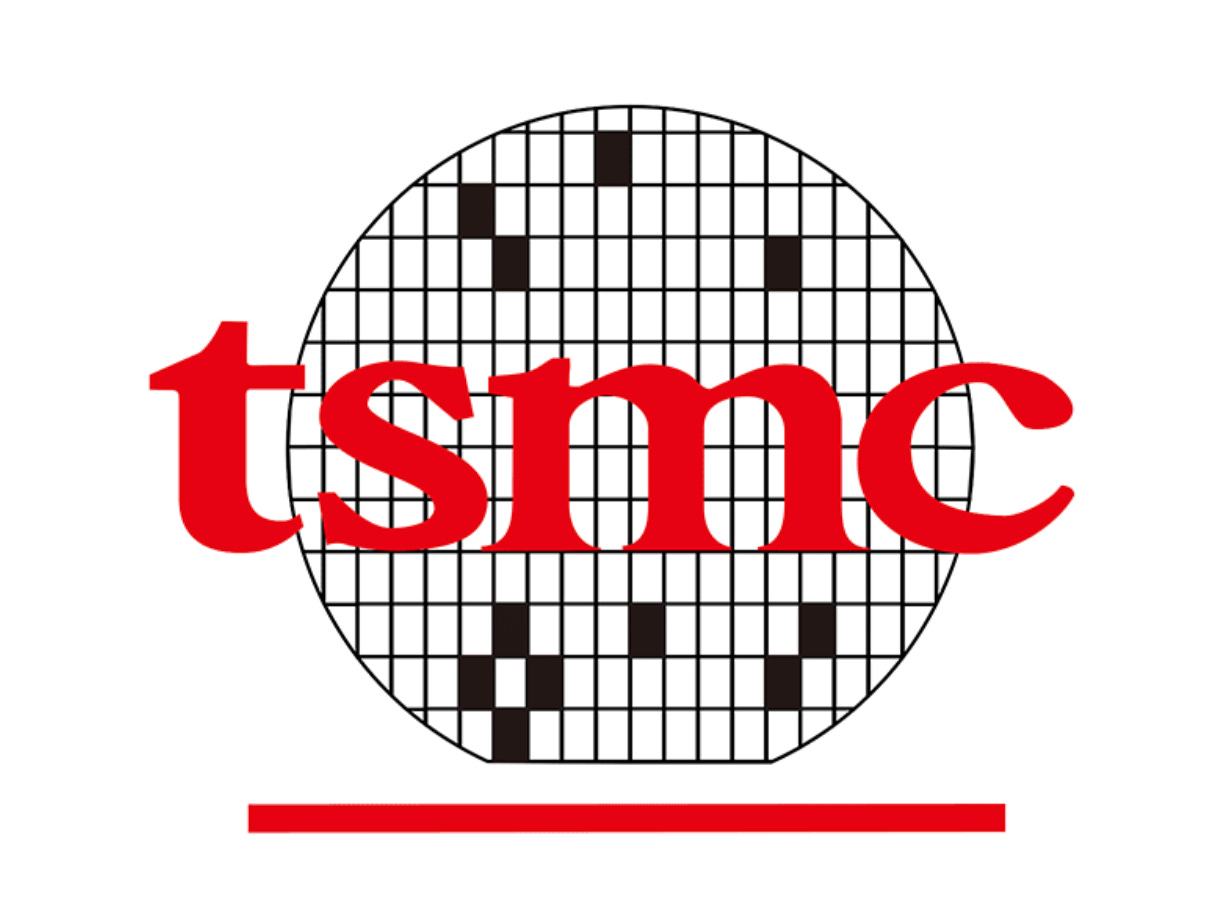"Emergency Analysis": TSMC's Critical Week Ahead
Quick assessment on how TSMC will navigate the Trump administration and vital issues to discuss in board meeting this coming week.
The upcoming week will be critical for both TSMC and Taiwan as they navigate the looming threat of Trump’s tariffs—whether broad-based tariffs on Taiwan or targeted measures on its semiconductor sector. Since Trump’s victory in November 2024, this challenge has been widely anticipated, prompting both TSMC and Taiwanese officials to BE PREPARED.
Next week, TSMC will hold its Board Meeting (2/11-2/12) in the United States for the first time in the firm’s history—a move that has raised expectations for major announcements, particularly given the looming threat of Trump’s tariffs and his persistent “Made in America” policy agenda.
With tariffs on the horizon, TSMC has likely prepared strategic concessions or commitments to signal goodwill toward the Trump administration, aiming to mitigate potential trade tariffs.
I personally think the most likely outcome will be—TSMC expanding its investment in Arizona with additional fabs and production capacity (which will at least be discussed in the board meeting). This aligns perfectly with the Trump administration’s priorities—more investment, more jobs, and a stronger U.S. advanced manufacturing presence. Other possibilities, while less probable, shouldn’t be ruled out:
Accelerating the most advanced node ahead of schedule—N2? A16? Reports from top investment banks have already suggested these nodes will arrive in the U.S. in a specific timeline. There might be a likelihood the firm will move the timeline ahead.
Expanding CoWoS packaging capacity in the U.S.—either by scaling up its existing partnership with Amkor (the TSMC-Amkor packaging facility is still under construction) or even building a new dedicated packaging plant.
Technology transfer to Intel or a technology equity deal—there are some rumors about this today. Personally, I find both scenarios highly unlikely. If either happens, it would be a shocking development with major implications (negative) for TSMC’s long-term strategy.
In my view, the board meeting next week will likely discuss “most likely outcomes” I mentioned above—expanding investment in Arizona, aimed at mitigating the geopolitical risks stemming from the Trump administration.
Concurrently, since the potential tariffs on Taiwan's semiconductors and TSMC AZ's investment and operational costs (which I will elaborate on later in the article) will erode TSMC’s profit margin in 2025, the critical issue of whether to raise wafer prices will be central to the discussion. There were already rumors suggesting that TSMC is considering a 15% price increase—significantly higher than the previously expected 5%
To expand a bit on the “most likely outcomes.” it's worth noting that the land TSMC originally secured—planned in coordination with the U.S. government—was already significantly larger than what was needed for its Phase 1, 2, and 3 investments. Given that each phase essentially represents the construction of semiconductor manufacturing fabs, the fact that so much additional space was allocated from the outset suggests a long-term vision for further expansion. Here you probably also can think twice about why the initial planning of the land for TSMC was so large that there is still much space to build additional fabs for expanding production capacity (reported TSMC-USG have acquired 6 factory sites).
This means TSMC is physically, legally, and materially able to double down on its investment and expand its production capacity for cutting-edge chips in Arizona. With the pre-secured land and existing agreements in place, TSMC has the flexibility to build additional fabs—or even a dedicated packaging plant, as mentioned in #2 above.
Building fabs in the United States has never been a purely business-driven decision for TSMC; it is primarily political (managing political risk is also part of the business I assume). For instance, TSMC's Arizona facility will lead to a 2-3% margin dilution, as noted in its most recent earnings call, a sentiment echoed by several equity analysts.
Should TSMC ramp up investments in Arizona, the expanded footprint could exacerbate margin pressures, ultimately eroding profitability over the long term. To mitigate this impact, TSMC may be forced to increase chip prices, further complicating its operational dynamics and competitive positioning, a price that might be paid by TSMC’s U.S. clients, including Apple, AMD Nvidia, Qualcomm, etc. To note that, about 65% of TSMC’s revenue is from the North American region (U.S. basically). This scenario becomes even more challenging if there are additional "chip tariffs" are imposed on Taiwanese semiconductors.
Beyond TSMC’s upcoming board meeting, two key developments demand close attention:
First, in response to Trump’s potential tariffs on Taiwan, the Taiwanese government has dispatched a delegation to Washington, D.C., led by Deputy Minister of Economic Affairs Cynthia Kiang and Deputy Director General Chen Pei-li. Their objective is to engage with U.S. officials to negotiate terms and mitigate the impact of these proposed tariffs. We should closely monitor the following development.
Second, all eyes will be on Trump’s tariff announcement next week. Key aspects to monitor:
Which countries are on the tariff list? I expect countries like Taiwan, Vietnam, India, South Korea, EU will be on top of Trump’s “Deathnote” (Tariff list)
What specific goods (or are there any universal tariffs) will be targeted? I will be closely watching semiconductors, but other goods like Steel (reported to be announced), and aluminum (reported to be announced) are also important to watch.
What are the tariff rates?
Beyond addressing trade deficits, what broader strategic objectives might be driving these measures?
While drafting this article, TSMC reported January 2025 revenue of TWD 293.2 billion, marking a 35.9% increase compared to the previous year. This is not just another strong quarter, but the firm's 2nd highest monthly total ever, topped only by Oct. 2024's NT$314.24 billion according to Dan Nystedt
Anyways…I have talked too much. Hopefully, my MediaTek article will be out next week.
Thank you for reading. I hope you enjoy it. :)


